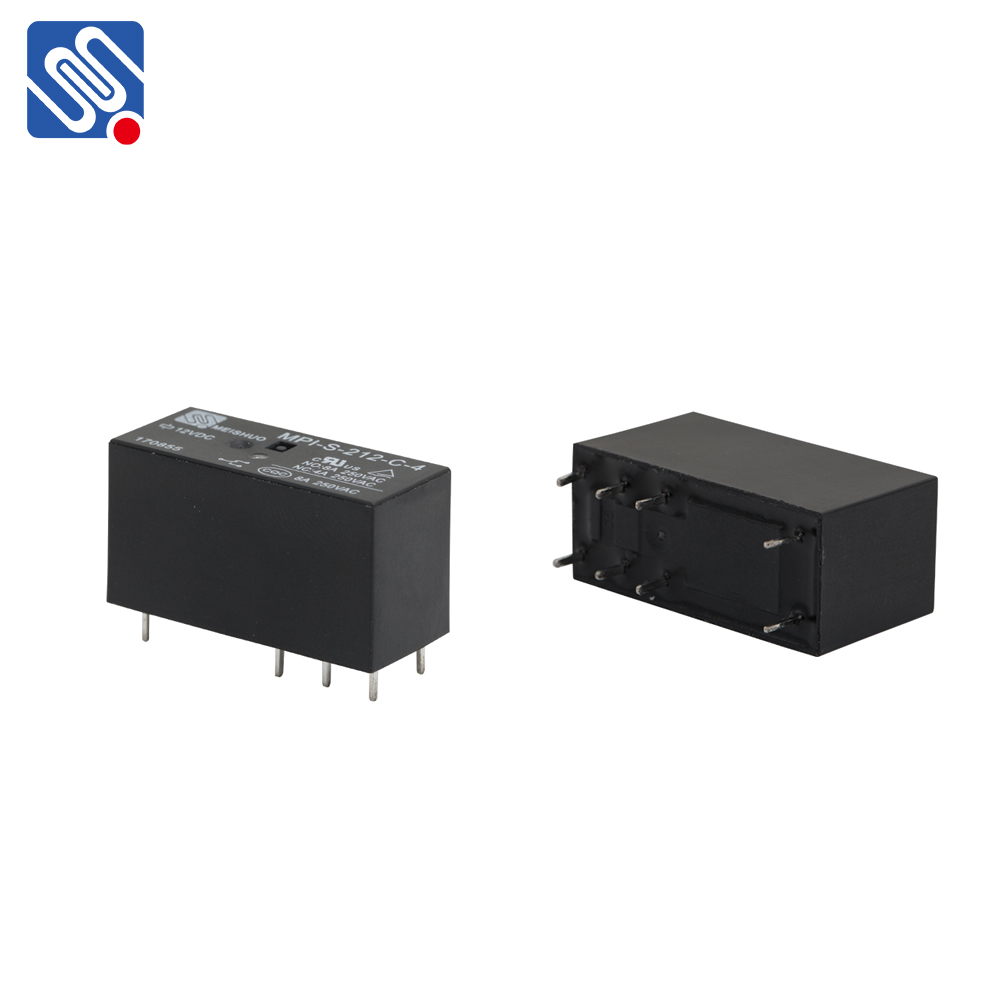understanding relay efficiency: key to optimizing communication systems
Release time:2025-07-23 05:00:20
Relay efficiency plays a crucial role in the optimization of communication systems, especially in wireless networks. As the demand for faster and more reliable connections increases, improving the efficiency of relay systems has become a key area of focus for researchers and engineers. In simple terms, relay efficiency refers to how effectively a relay node can transmit data between source and destination points while minimizing energy consumption, time delays, and bandwidth usage. In this article, we will explore the concept of relay efficiency, its importance, and the various methods to improve it in modern communication networks.

What is Relay Efficiency?
Relay efficiency is a metric used to measure the performance of relay systems, which are employed to extend the range, enhance the signal quality, and improve the reliability of communication channels. In wireless communication, relay nodes are intermediate devices that receive, amplify, and forward signals from the source to the destination. By doing so, they help overcome obstacles like distance, interference, or physical obstructions, which might otherwise degrade the communication quality.
The efficiency of a relay system is determined by how well it manages to deliver data with minimal power consumption, reduced latency, and optimal utilization of the available bandwidth. High relay efficiency is essential for reducing network congestion, improving user experience, and conserving resources in a wireless network. This makes relay systems an indispensable part of modern communication infrastructures, including cellular networks, satellite communication, and the Internet of Things (IoT).

